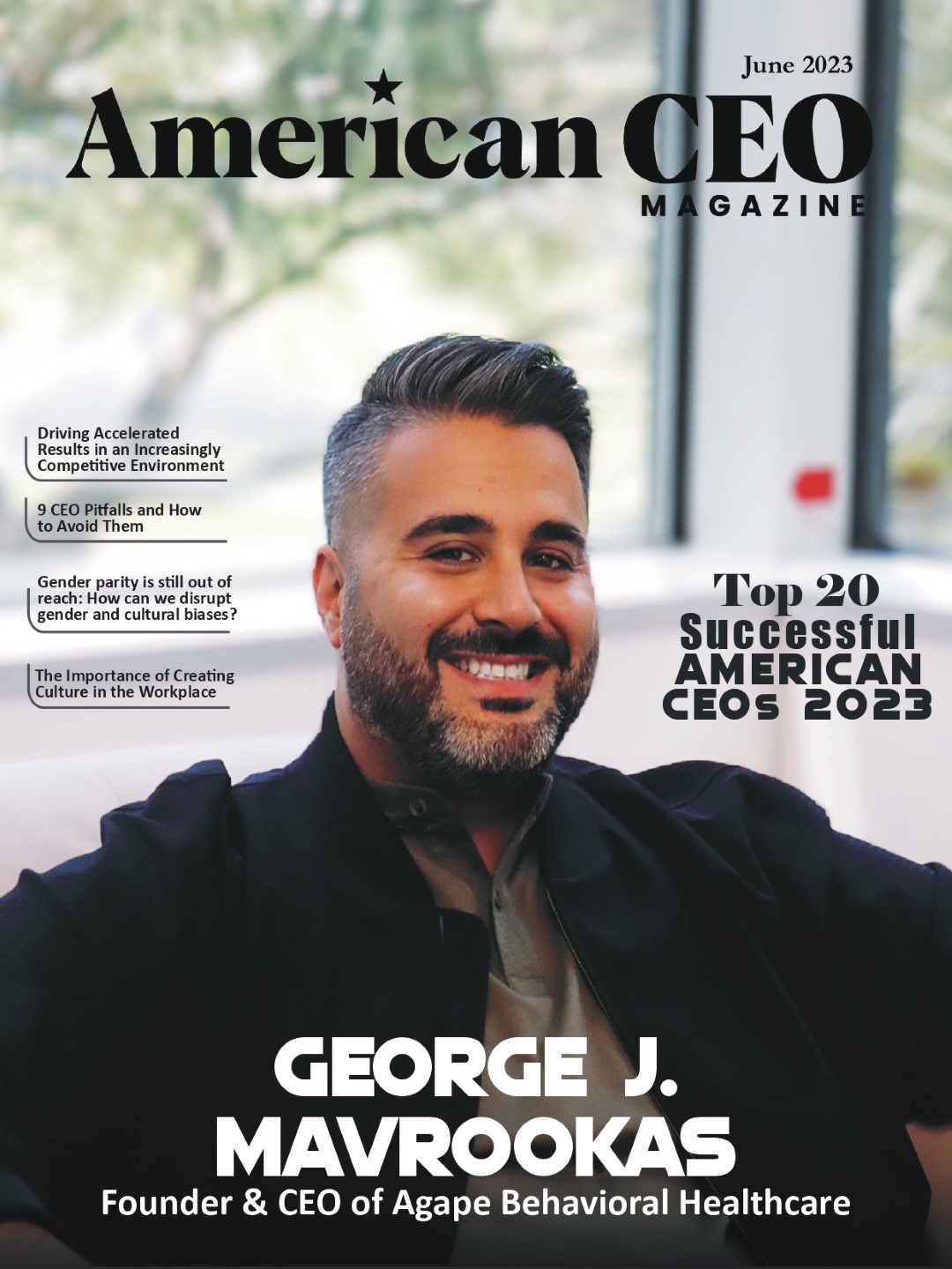Leadership Land-Mines: Hubris, Blind-Spots, Biases and Dunning-Kruger Thinking
Stepping on landmines
During a four-year long project to shape culture in a multi-national company, a brilliant senior leader of an engineering division with decades of experience and numerous successes in technology and engineering developed a strategy to shift culture in her areas of responsibility. Despite her having access to a specialist culture consulting team, she decided that her approach was preferable.










































